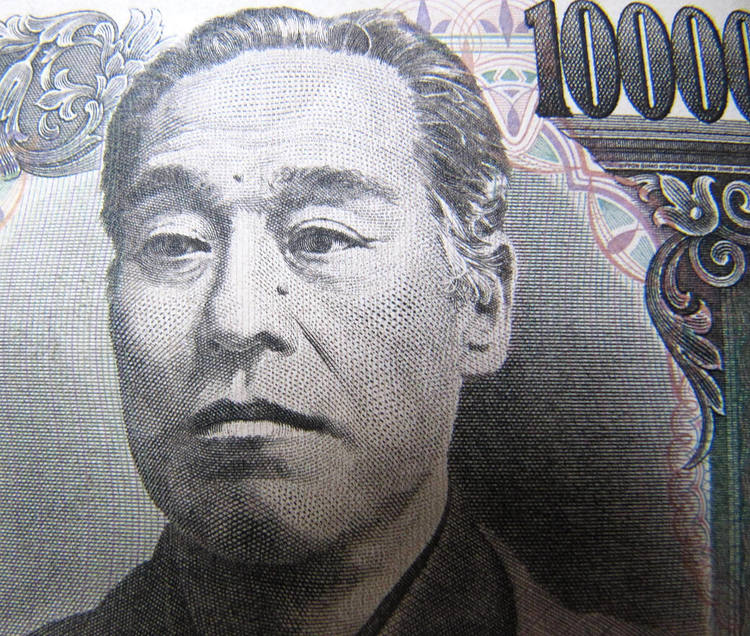The USD/JPY pair is currently trading flat around 143.20 in the early Asian session on Wednesday. Despite the weaker US Dollar, the pair may continue to be influenced by the increasing expectation of a substantial rate cut by the US Federal Reserve in November. Fed Governor Michelle Bowman highlighted that inflation remains above the 2% target, calling for caution in interest rate cuts. Fed Governor Adriana Kugler is scheduled to speak later on Wednesday, and the release of the US Personal Consumption Expenditures (PCE) Price Index for August on Friday will be crucial in determining the direction of USD/JPY. Any dovish comments from Fed officials and softer inflation data could weaken the USD against the Japanese Yen. The recent drop in the US Consumer Confidence Index for September also raises concerns about the strength of the US economy.
On the other hand, the Bank of Japan (BoJ) does not appear to be in a hurry to raise interest rates further. BoJ Governor Kazuo Ueda emphasized the importance of monitoring financial markets and global economic developments before making any policy decisions. The BoJ’s ultra-loose monetary policy has caused the Yen to depreciate against other major currencies, creating a policy divergence with central banks like the Federal Reserve. This policy gap supports the US Dollar against the Japanese Yen. The BoJ’s intervention in the currency market is sporadic, as it aims to maintain control over the value of the Yen while avoiding political backlash from trading partners.
The Japanese Yen is influenced by various factors, including the performance of the Japanese economy, BoJ policy decisions, and risk sentiment among traders. With its safe-haven status, the Yen tends to strengthen during times of market turmoil when investors seek stability. The widening policy gap between the BoJ and other central banks, particularly the Federal Reserve, has led to a diverging interest rate environment that favors the US Dollar. The differential between US and Japanese bond yields is a key driver of USD/JPY movements, along with market sentiment and economic data releases. Traders will closely monitor comments from Fed officials and economic indicators for further clues on the future direction of the currency pair.
In conclusion, the USD/JPY pair remains flat around 143.20 amidst a mix of factors influencing both currencies. The potential for a significant rate cut by the Fed in November and the BoJ’s cautious approach to raising rates could shape the trajectory of USD/JPY. Economic data releases and central bank speeches will be closely watched by investors for any signals of future monetary policy decisions. As the global economic landscape continues to evolve, the USD/JPY pair is likely to experience volatility based on shifting market expectations and geopolitical developments. Traders should remain vigilant and adapt their strategies to navigate the uncertainties in the currency markets.











